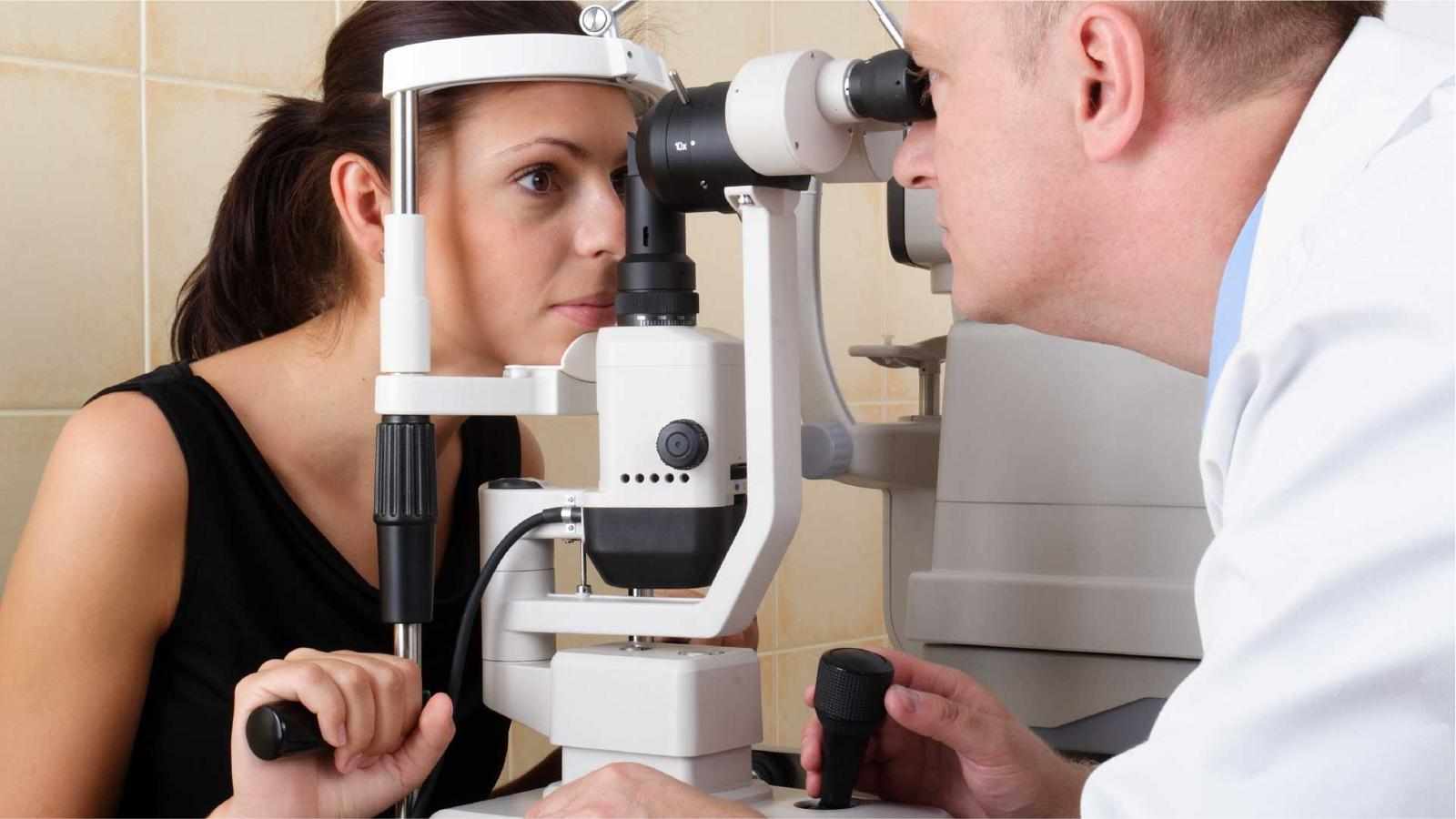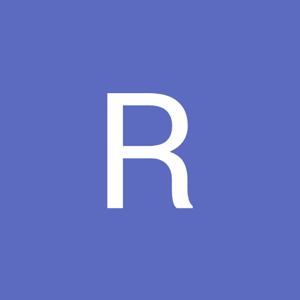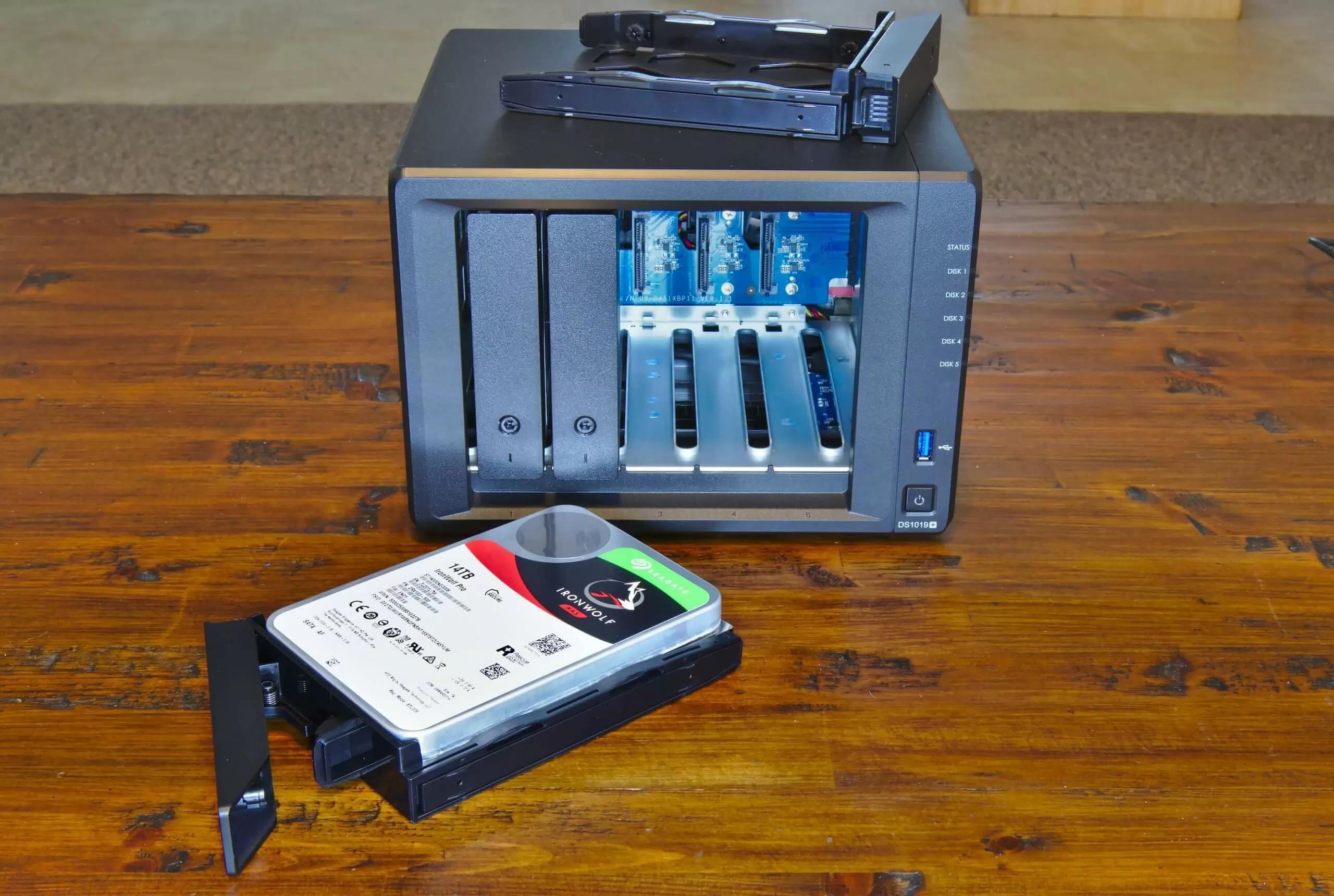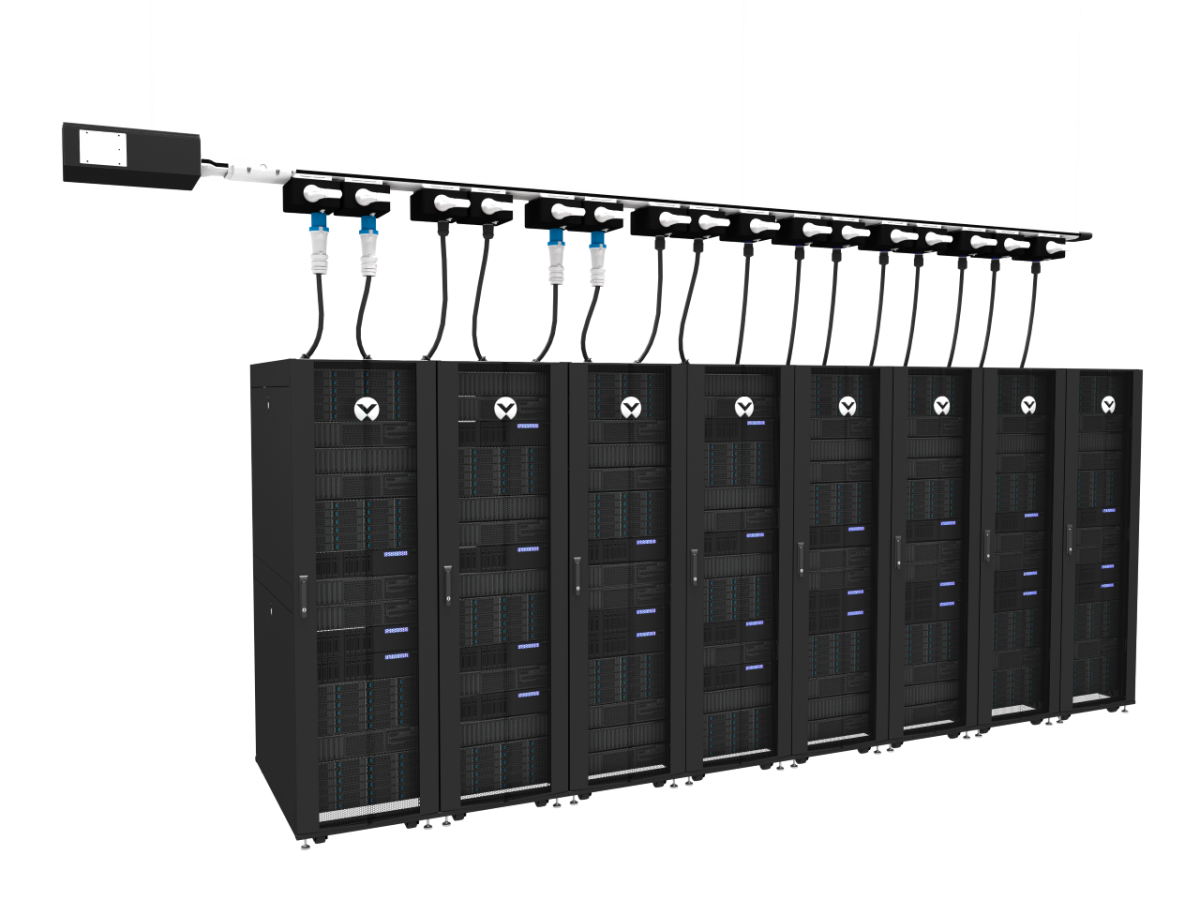
Introduction
The global Ophthalmic Equipment Market size is projected to grow further hitting USD 91.72 billion by 2030, with a CAGR of 4.9% between 2025 and 2030. The ophthalmic equipment market is witnessing a transformative phase in 2025, fueled by rapid advancements in technology and a growing global demand for eye care solutions. As eye health becomes a priority worldwide, driven by aging populations and increasing awareness of vision-related conditions, the market is experiencing significant growth. Recent developments, including breakthroughs in diagnostic tools, surgical devices, and vision care equipment, are reshaping the industry. This article explores the key drivers behind the ophthalmic equipment market’s expansion in 2025, focusing on the latest innovations, regional trends, and the challenges and opportunities shaping the future of eye care.
Technological Advancements Fueling Market Growth
One of the most significant factors propelling the ophthalmic equipment market in 2025 is the integration of cutting-edge technologies into diagnostic and surgical devices. Optical coherence tomography (OCT) systems, for instance, have become a cornerstone of modern ophthalmology. These non-invasive imaging tools are now more precise, compact, and user-friendly, enabling early detection of conditions like glaucoma, cataracts, and age-related macular degeneration (AMD). In 2025, OCT systems are being enhanced with artificial intelligence (AI), which improves diagnostic accuracy by analyzing retinal scans in real time, reducing the burden on clinicians and enhancing patient outcomes.
Surgical equipment is also undergoing a revolution. Advancements in ophthalmic microsurgical sutures and vitreoretinal surgery devices are improving precision and patient comfort during procedures like cataract and retinal surgeries. For example, Alcon’s recent acquisition to bolster its vitreoretinal surgery portfolio highlights the industry’s focus on expanding capabilities in complex eye surgeries. These innovations reduce recovery times and improve surgical outcomes, driving demand for advanced equipment in hospitals and specialty clinics.
Moreover, the introduction of premium intraocular lenses (IOLs), such as Alcon’s Clareon Panoptix Pro IOL approved in Canada, showcases the market’s shift toward high-performance vision correction solutions. These lenses utilize advanced optical technologies to offer patients improved visual clarity across multiple distances, catering to the growing demand for premium eye care solutions.
Rising Demand in Hospitals and Specialty Clinics
Hospitals remain the leading end-users of ophthalmic equipment due to their comprehensive capabilities in diagnosis, surgery, and post-operative care. Equipped with full-scale ophthalmic departments, hospitals are investing heavily in state-of-the-art equipment to manage complex eye conditions. The rise in specialized eye care centers and ophthalmic clinics, particularly in emerging markets, is further boosting demand. These facilities are adopting advanced tools like autorefractors, tonometers, and slit lamps to cater to the increasing prevalence of conditions such as myopia, presbyopia, and diabetic retinopathy.
In 2025, clinics are prioritizing equipment that enhances workflow efficiency and patient comfort. For instance, non-contact tonometers (NCTs) and optical biometers are becoming must-have tools in modern eye clinics, as they offer quick, accurate, and patient-friendly diagnostics. The focus on patient-centric care is driving the adoption of these devices, as clinics aim to meet rising patient expectations for speed and precision in eye care services.
Regional Trends and Global Expansion
The ophthalmic equipment market is experiencing robust growth across various regions, with North America leading due to its advanced healthcare infrastructure and high awareness of eye health. The United States, in particular, is a key market, driven by the adoption of premium IOLs and AI-driven diagnostic tools. Europe is also a significant player, with recent approvals like Eylea 8 mg for extended treatment intervals reflecting the region’s focus on innovative therapies and equipment.
Emerging markets, such as Asia-Pacific and the Middle East, are witnessing rapid growth due to expanding healthcare infrastructure and government-led initiatives to improve eye care access. In Malaysia, for example, the aging population is driving demand for advanced diagnostic solutions, as early detection of vision-related issues becomes a priority. These regions are investing in cost-effective yet advanced equipment to address the growing burden of eye disorders, particularly in low- and middle-income countries.
Challenges in the Market
Despite its growth, the ophthalmic equipment market faces several challenges. High equipment costs remain a significant barrier, particularly in low-income regions where healthcare budgets are limited. Advanced diagnostic tools like OCT systems and surgical devices require substantial investment, which can restrict adoption in underdeveloped healthcare systems. Additionally, the need for skilled professionals to operate these complex devices poses a challenge, as training programs are not universally accessible. Regulatory hurdles also complicate market entry for new products, with lengthy approval processes delaying the availability of innovative equipment.
Opportunities for Growth
The market is ripe with opportunities, particularly in the integration of AI and telemedicine into ophthalmic equipment. AI-driven diagnostics are streamlining workflows by automating routine tasks, allowing clinicians to focus on complex cases. Telemedicine is also gaining traction, enabling remote consultations and diagnostics, which is particularly valuable in underserved regions. Furthermore, the rising prevalence of chronic conditions like diabetes, which often leads to eye complications, is driving demand for specialized equipment like vitreoretinal surgery devices and diagnostic tools for diabetic retinopathy.
The focus on preventive eye care is another growth driver. As awareness of eye health increases, more individuals are seeking regular check-ups, boosting demand for diagnostic equipment like slit lamps and fundus cameras. Industry players are also exploring partnerships and acquisitions to expand their portfolios and penetrate emerging markets, further fueling growth.
Conclusion
The ophthalmic equipment market in 2025 is thriving, driven by technological innovations, rising demand for eye care, and expanding healthcare infrastructure globally. Advances in AI, OCT, and surgical devices are transforming diagnostics and treatment, while hospitals and clinics invest in cutting-edge tools to meet patient needs. Despite challenges like high costs and regulatory barriers, opportunities in AI integration, telemedicine, and emerging markets signal a bright future for the industry. As the global focus on eye health intensifies, the ophthalmic equipment market is poised to play a critical role in enhancing vision care worldwide.





















Write a comment ...